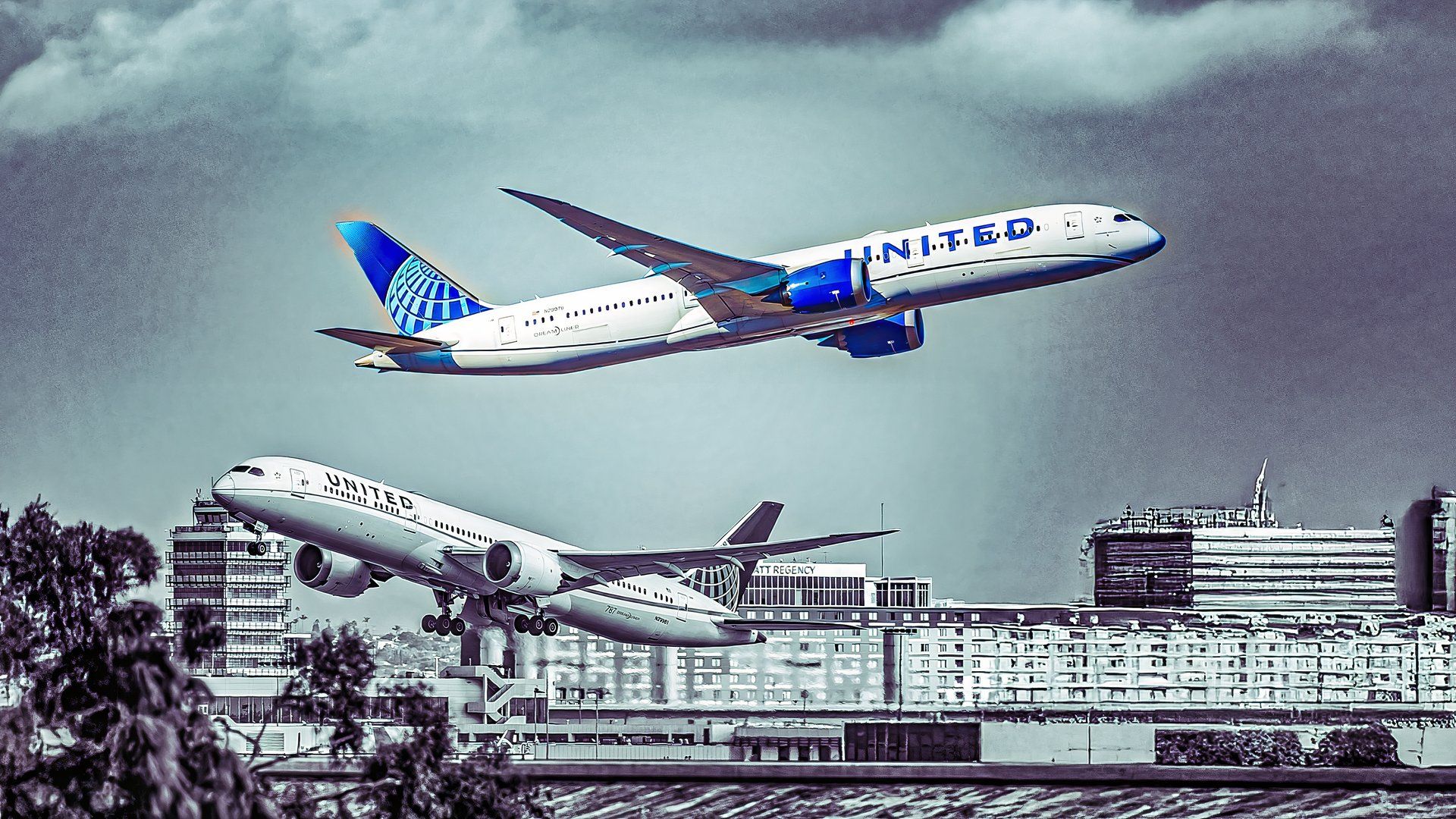United Airlines is set to resume service to Thailand and Vietnam with two new long-haul routes. Starting on October 24, 2024, the airline will operate flights from Los Angeles to Bangkok Suvarnabhumi, with a stop in Hong Kong. The following day, October 25, 2024, the airline will begin flights to Ho Chi Minh City, also via Hong Kong. These routes signify United’s return to a market it departed in 2014 for Bangkok and 2011 for Ho Chi Minh City.
The airline will deploy its 257-seat Boeing 787-9 aircraft on these routes, catering primarily to lower-yielding tourism and visiting friends and relatives traffic. Historically, United’s Bangkok services included flights operated by Boeing 747-400 and 777-200ER from its previous hub in Tokyo Narita. The revival of United’s Tokyo hub has contributed to this strategic decision, reflecting a broader trend of the airline adapting to changing market conditions.
According to booking data from July 2024 to June 2025, approximately 1.1 million round-trip passengers traveled between Bangkok and the United States, averaging over 3,000 passengers daily. Notably, Los Angeles ranked as the most popular city pair, with around 190,000 local passengers flying to Bangkok, which translates to about 520 daily travelers.
The return to Bangkok is significant, especially as it follows a nine-year hiatus from Ho Chi Minh City. This route is expected to capitalize on the growing passenger demand, with around 1.3 million passengers flying between Ho Chi Minh City and the US in the past year. Los Angeles remains the largest origin and destination for these travelers, with approximately 265,000 passengers annually.
Flight Schedule and Market Strategy
United Airlines has structured its flight schedule to maximize convenience for travelers. The daily service from Los Angeles to Hong Kong (Flight UA820) departs at 22:55 and arrives at 07:00 the following day. After a brief layover, passengers will board the connecting flight to Bangkok, which departs Hong Kong at 09:20 and arrives in Bangkok at 11:25. The return journey operates similarly, with flights departing Bangkok at 16:55 and arriving in Los Angeles the same day at 19:25.
For the Ho Chi Minh City route, the daily flight (UA152) leaves Los Angeles at 11:10, landing in Hong Kong at 19:15 the next day. The onward connection to Ho Chi Minh City departs Hong Kong at 21:15 and arrives at 22:55. The return flight from Ho Chi Minh City to Los Angeles follows a comparable schedule.
United’s decision to focus on one-stop services is less risky compared to non-stop offerings. While Vietnam Airlines has direct flights from Ho Chi Minh City to San Francisco, United’s strategy incorporates existing Hong Kong services to ensure a steady flow of passengers.
Competitive Landscape and Market Potential
The US-Bangkok market has seen various airlines attempt to establish a foothold, including Delta Air Lines and Thai Airways. United’s entry comes at a time when passenger traffic has rebounded significantly. The airline’s creative network strategy is influenced by the successful performance of other carriers in the region, notably Air Canada’s direct flights from Vancouver to Bangkok.
Despite a competitive landscape, United aims to mitigate risks by leveraging its existing Hong Kong services. The airline’s current performance on the Los Angeles-Hong Kong route has raised concerns, with only 65% of seats filled in recent months. In contrast, Cathay Pacific reported a seat fill rate of 89%, benefiting from its extensive network.
In response to these dynamics, United has increased its Hong Kong flights to twice daily, the highest frequency to date. This adjustment, along with the introduction of Bangkok and Ho Chi Minh City routes, reflects a strategic pivot aimed at enhancing market presence and optimizing revenue streams in a competitive environment.
As United Airlines prepares for these new routes, the airline is positioning itself to capitalize on the growing demand for travel between the US and Southeast Asia, offering convenient connections and expanding its reach in the region.








































































